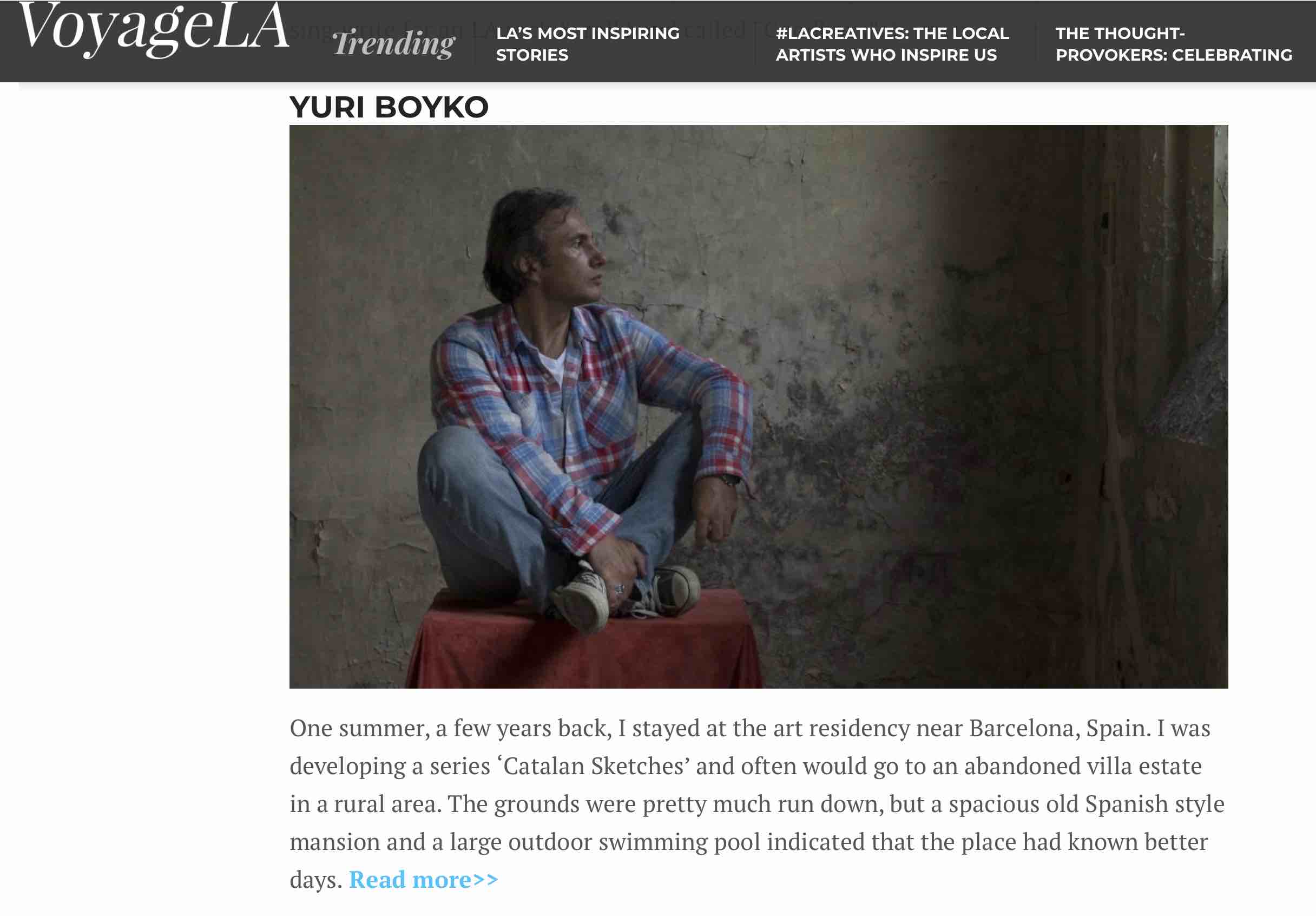I thought about what to show in Arles for a year when the world was breaking apart and the countries were colliding and decided on a black-and-white aesthetic of three series Rayoinism, A Light Divine, and Hamsa which share a common underlying thesis to present conscious and unconscious interactions and symbols expressed in these works.
Rayonism loosely uses the groundbreaking power of the light idea of the namesake early twentieth-century avant-garde art movement. A particular high-contrast B&W film facilitates the abstraction of visual properties of existing objects into a mixture of light and geometry.
A Light Divine explores the unconscious and the conscious in our lives. Communication from one to another carries on through nonverbal means: our intuitive feelings, emotions, vision flashes, and dreams. A registration of instances of this communication happens instinctively when consciousness interprets the unconscious messages and forces us to act upon them without question. It is an acknowledgment of nonverbal communication, a light divine.
Hamsa addresses our relationship with objects when we usually don’t consciously assign any significance to them. Four utilitarian objects were chosen and arranged to represent a meta-object of a higher hierarchy conceived by the human psyche. Three of them carry particular symbolism: a fig is a symbol of a tree of life, a lemon is a symbol of a heart, and a knife is a symbol of transience. These three elements are metaphorically employed to represent an eye in the palm - a prehistoric symbol of protection known as Hamsa.











